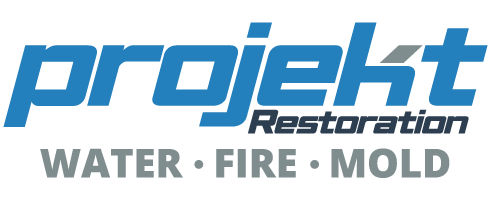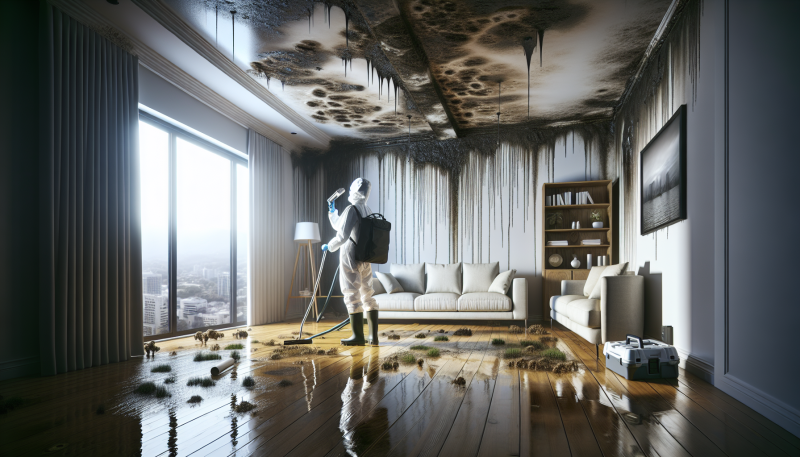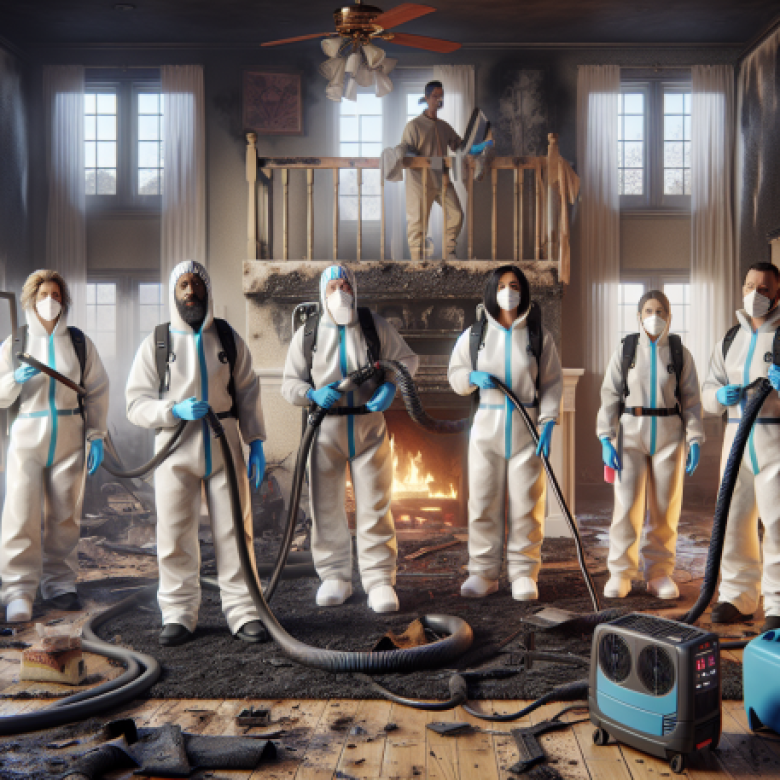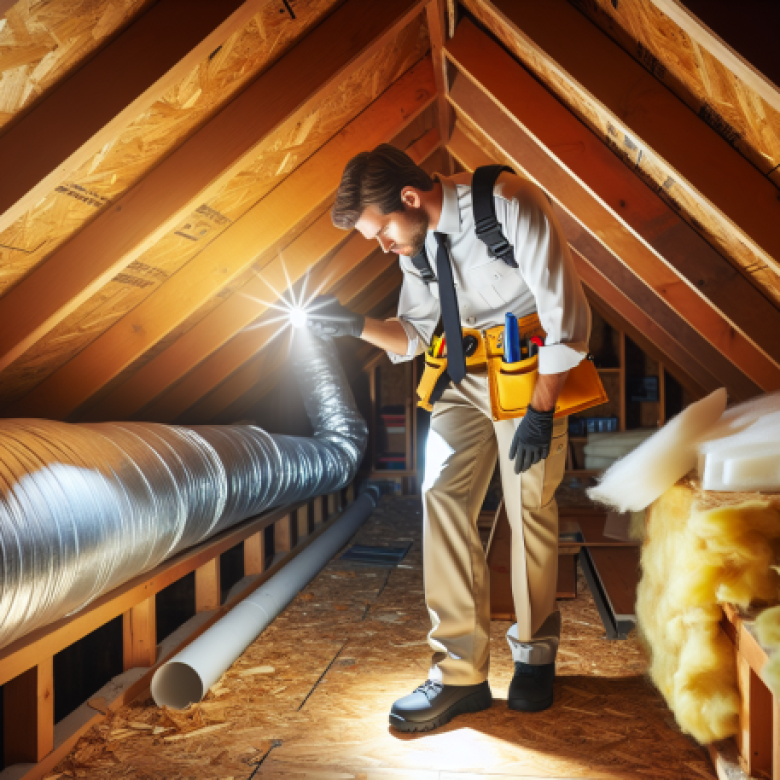Water damage and mold are like two sides of the same coin—where there’s one, the other is often lurking nearby. If you’ve ever dealt with a leaky pipe, a flooded basement, or even high humidity, you might have unknowingly invited mold into your home or business. But how exactly are water damage and mold connected? And more importantly, how can you prevent or fix the problem before it spirals out of control?
At Projekt Restoration, we specialize in water damage restoration, mold assessment and remediation, and commercial and residential property restoration. With 24/7 emergency services and insurance claims assistance, we ensure that your property is restored quickly and efficiently.
In this guide, we’ll break down the relationship between water damage and mold, how to identify the warning signs, and what you can do to protect your property.
The Science Behind Mold Growth
Mold spores are everywhere—floating in the air, resting on surfaces, and waiting for the right conditions to thrive. The key ingredients for mold growth? Moisture, warmth, and organic material. When water damage occurs, whether from a burst pipe, flooding, or even excessive humidity, it creates the perfect breeding ground for mold.
Within 24 to 48 hours, mold can start growing on damp surfaces. If left unchecked, it can spread rapidly, causing structural damage and serious health risks. This is why immediate water damage restoration is crucial.
Common Causes of Water Damage
Water damage can stem from various sources, including:
- Leaky roofs – A small leak can lead to significant moisture buildup in walls and ceilings.
- Burst pipes – A broken pipe can flood an entire room in minutes.
- Flooding – Natural disasters or plumbing failures can leave standing water in your home.
- High humidity – Poor ventilation can cause condensation, leading to mold growth.
If you suspect water damage, it’s essential to act fast. Projekt Restoration offers 24/7 emergency services to help mitigate the damage before mold takes hold.
Preventing Mold After Water Damage
To prevent mold from forming after water damage, follow these steps:
- Remove standing water immediately – Use pumps, vacuums, or professional services.
- Dry affected areas thoroughly – Utilize fans, dehumidifiers, and open windows.
- Inspect for hidden moisture – Walls, carpets, and insulation can trap water.
- Sanitize surfaces – Prevent mold spores from settling by using antimicrobial treatments.
For expert water damage restoration, contact Projekt Restoration today. Contact us for a free consultation.
Visual Indicators
Mold isn’t always obvious, but some telltale signs include:
- Dark spots on walls, ceilings, or floors
- Peeling or bubbling paint
- Warped or swollen wood
If you notice any of these, it’s time for a mold assessment and remediation.
Musty Odors
A persistent musty smell is a strong indicator of hidden mold. Even if you don’t see it, mold could be growing behind walls, under carpets, or in air ducts.
Health Symptoms
Mold exposure can cause:
- Allergic reactions (sneezing, runny nose, itchy eyes)
- Respiratory issues (wheezing, coughing, asthma flare-ups)
- Skin irritation
If you or your family experience these symptoms, it’s crucial to schedule a mold assessment. Learn more about mold assessments.
DIY vs. Professional Mold Remediation
While small mold patches can be cleaned with household products, larger infestations require professional remediation. Attempting to remove mold without proper equipment can spread spores and worsen the problem.
Professional Mold Remediation Process
At Projekt Restoration, our mold assessment and remediation process includes:
- Inspection & Testing – Identifying the extent of mold growth.
- Containment – Preventing spores from spreading.
- Air Filtration – Using HEPA filters to remove airborne spores.
- Mold Removal – Eliminating mold from affected surfaces.
- Sanitization – Preventing future growth with antimicrobial treatments.
For expert mold removal, schedule a consultation today.
Regular Inspections
Routine maintenance can prevent costly damage. Check for:
- Leaky pipes and faucets
- Roof damage
- Poor ventilation
Controlling Humidity
Keep indoor humidity levels below 50% using:
- Dehumidifiers
- Proper ventilation
- Air conditioning
Waterproofing Solutions
Consider waterproofing basements, sealing windows, and improving drainage to prevent moisture buildup.
For residential property restoration, explore our services.
Water damage and mold go hand in hand, but with the right knowledge and quick action, you can protect your property. Whether you need water damage restoration, mold assessment and remediation, or commercial property restoration, Projekt Restoration is here to help.
With low pricing, insurance claims assistance, and 24/7 emergency services, we ensure your home or business is restored efficiently.
Don’t wait until it’s too late—contact us today for expert restoration services.
How quickly does mold grow after water damage?
Mold can start growing within 24-48 hours of water exposure. That’s why immediate water damage restoration is crucial.
Can I remove mold myself?
Small mold patches can be cleaned with household products, but larger infestations require professional mold remediation to prevent spreading.
Does insurance cover water damage restoration?
It depends on your policy. Many insurance plans cover sudden water damage but not gradual leaks. **Projekt Restoration** offers insurance claims assistance to help you navigate the process.
What are the health risks of mold exposure?
Mold exposure can cause allergies, respiratory issues, and skin irritation. Long-term exposure can lead to more severe health problems.
How can I prevent mold in my home?
Control humidity, fix leaks promptly, and ensure proper ventilation. Regular inspections and waterproofing can also help prevent mold growth.
For expert water damage restoration and mold assessment, contact Projekt Restoration today!





